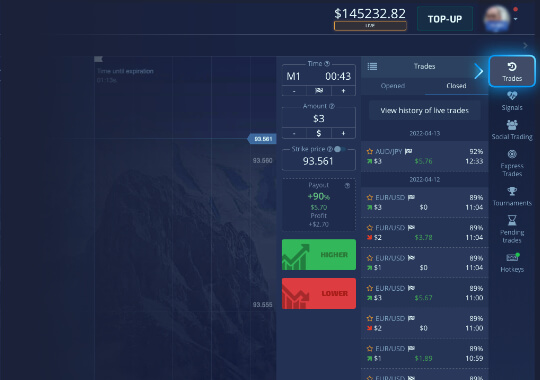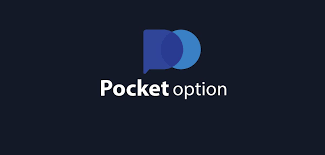Unlocking Profits The Best Pocket Option Bot Settings for Optimal Trading

In the competitive world of online trading, automation can be a game changer. One of the most sought-after tools among traders is a trading bot, specifically tailored for platforms like Pocket Option. Optimizing your trading experience requires more than just luck; it demands the right settings for the bot to outperform the market. This article will delve into the best pocket option bot settings best pocket option bot settings to help you maximize your trading potential.
Understanding Pocket Option Bots
Trading bots are automated software programs that execute trades based on pre-defined criteria. On Pocket Option, these bots analyze market trends and execute trades in real-time, offering traders a chance to capitalize on profitable opportunities without needing to monitor the market continuously. A well-configured bot can significantly increase your chances of success.
Essential Settings for Optimal Performance
Setting up a pocket option bot requires careful consideration of various factors to ensure that it functions effectively. Here are the key settings that you should focus on:
1. Asset Selection
The first step in configuring your trading bot is selecting the right assets. Bots allow you to trade a variety of assets, including forex pairs, cryptocurrencies, and commodities. Choose assets that you are familiar with or that exhibit predictable trends. Consider starting with a few assets before diversifying your portfolio as you gain more experience.

2. Timeframe
The timeframe you select for your trades plays a significant role in the success of your bot. Shorter timeframes may offer more frequent trading opportunities but can also increase the risk of losses. Conversely, longer timeframes might reduce the number of trades but improve the quality. It’s essential to choose a timeframe that aligns with your trading style and risk tolerance.
3. Trading Strategy
Your trading strategy is crucial for your bot’s performance. Common strategies include trend following, mean reversion, and breakout strategies. Consider backtesting your chosen strategy with historical data to evaluate its effectiveness before deploying it with real money. Ensure that your bot is set up to follow this strategy meticulously.
4. Risk Management
A well-defined risk management strategy is essential for long-term success in trading. Set parameters for maximum trade size, stop-loss orders, and take-profit levels. By risking a small percentage of your account on each trade, you can protect your capital and stay in the game longer. Many successful traders advocate risking no more than 1-2% of your trading capital on any single trade.
5. Indicators

Trading indicators help identify potential entry and exit points. There are numerous indicators available, such as Moving Averages, Bollinger Bands, and the Relative Strength Index (RSI). Depending on your strategy, configure your bot to utilize these indicators effectively. For instance, you might set your bot to execute a trade when a short-term moving average crosses above a long-term moving average.
6. Backtesting and Optimization
Before deploying your bot in a live market, backtesting is essential. This process involves running the bot using historical data to evaluate its performance under various market conditions. Fine-tune your settings based on the results to achieve better performance. Continuous optimization is crucial as market conditions change; adjust your settings accordingly.
Monitoring and Adjusting Your Bot
Once your bot is up and running, monitoring its performance is critical. While automation can significantly reduce the amount of time you spend trading, it doesn’t mean you can set it and forget it. Regularly review the bot’s trades and the overall market performance. Be prepared to adjust settings based on performance results and changing market conditions.
Conclusion
Trading on Pocket Option with a bot can provide a significant advantage if configured correctly. The best pocket option bot settings are a combination of thoughtful asset selection, appropriate timeframes, a solid trading strategy, stringent risk management, well-chosen indicators, and a commitment to ongoing monitoring and optimization. By following the guidelines outlined in this article, you can unlock the potential of your trading bot and hopefully improve your profitability in the competitive landscape of online trading.
